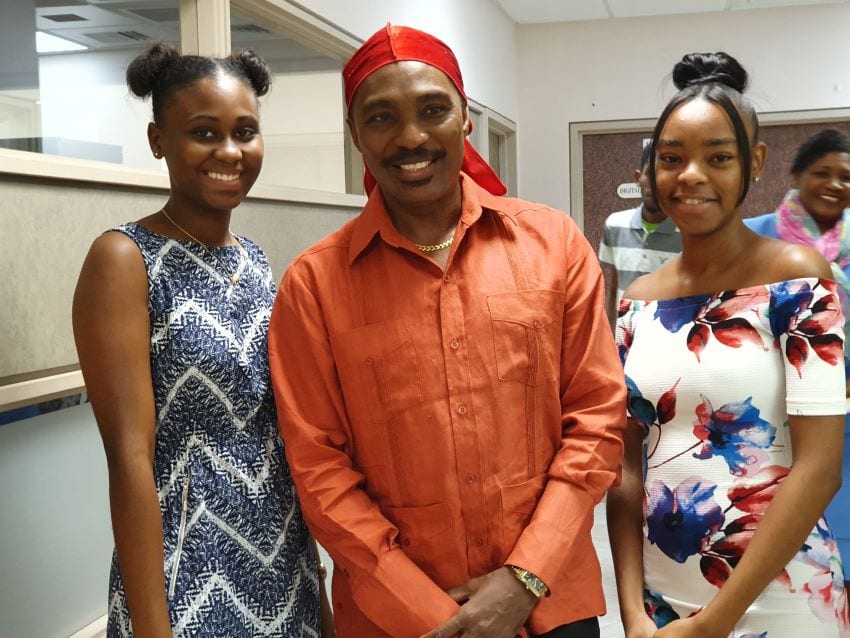
by Sheena Forde-Craigg | Aug 14, 2020 | Top Stories
The Haynesville Drummers in action at the “Youth Summerplosion: Leh We Build a Vibe” concert, at the Wildey Gymnasium. (A.Reid/BGIS) Under the theme Youth Engagement for Global Action the Division of Youth Affairs celebrated International Youth Day (IYD), by hosting a...

by BGIS | Jul 3, 2020 | Ministry News
(Stock Photo) The Ministry of Youth and Community Empowerment has advised that there will be no National Summer Camps this year. No camps will be held due to the current safety and public health concerns pertaining to the COVID-19 pandemic. The Ministry,...

by Sheena Forde-Craigg | Jun 23, 2020 | Corona Virus, Top Stories
https://www.facebook.com/UNICEFeasterncaribbean/videos/676222443222833/UzpfSTE2MTI3NTA1NzI1MTM1NzozMDc4Njk3NzgyMTc1NzIy/ UNICEF Youth Activate Talks virtual panel discussion – The Future Of Education And Work For Caribbean Youth Beyond COVID-19. (UNICEF Eastern...

by Shamkoe Pilé | Oct 30, 2019 | Top Stories
Minister of Youth, Adrian Forde, bought a durag for himself after viewing the headgear line produced by Halo Beauty. Here he is with the group’s representatives, Zaria Thelius and Shanna Boyce. (GP) The entrepreneurial flame has been ignited in several young...

by Shamkoe Pilé | Oct 28, 2019 | Top Stories
Minister of Youth and Community Empowerment, Adrian Forde, speaking at the closing ceremony for Creativity for Employment and Business Opportunity (CEBO), an initiative which provides training to unemployed or “at-risk” youth in seven regional countries. (GP) An...






